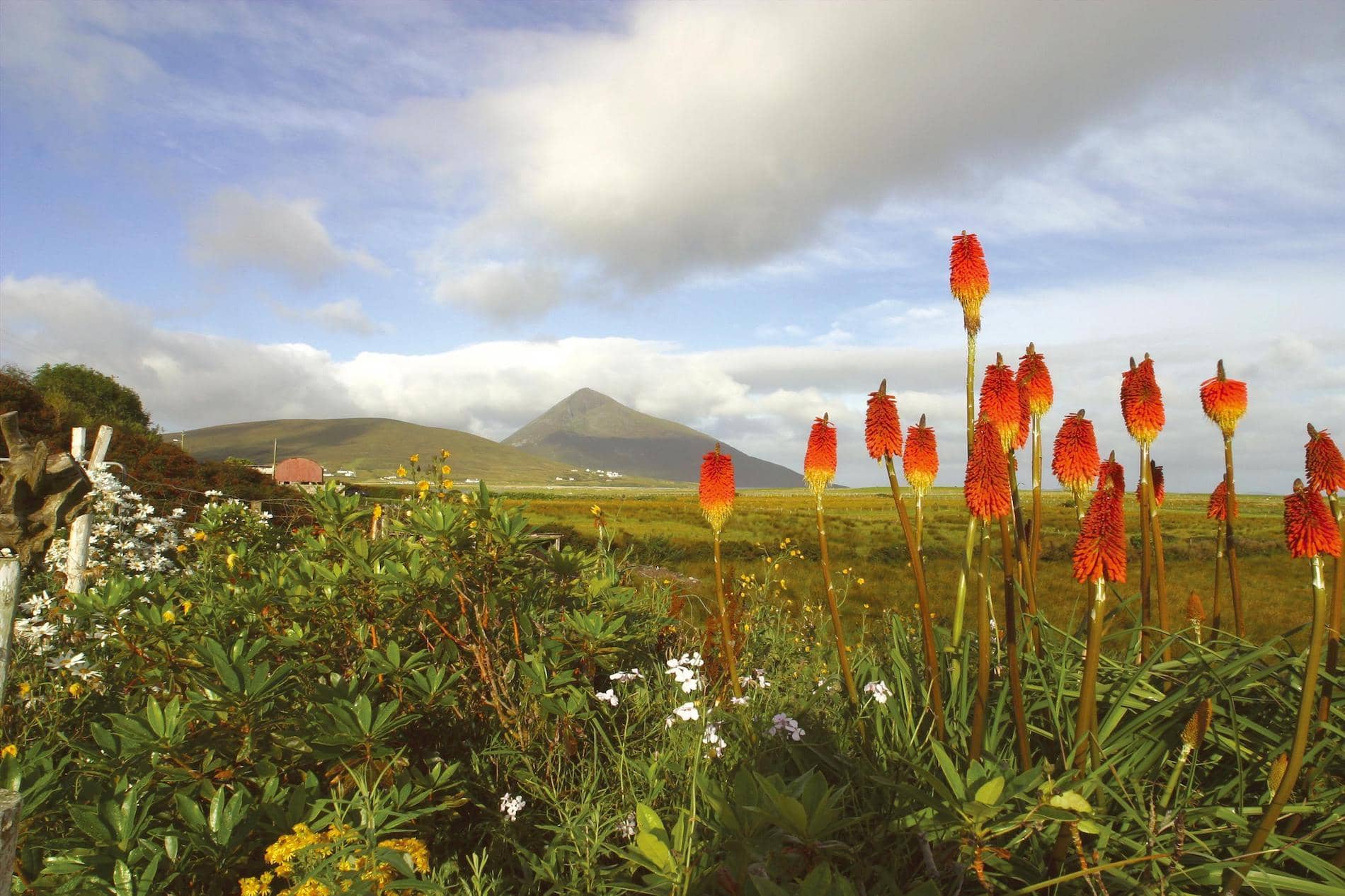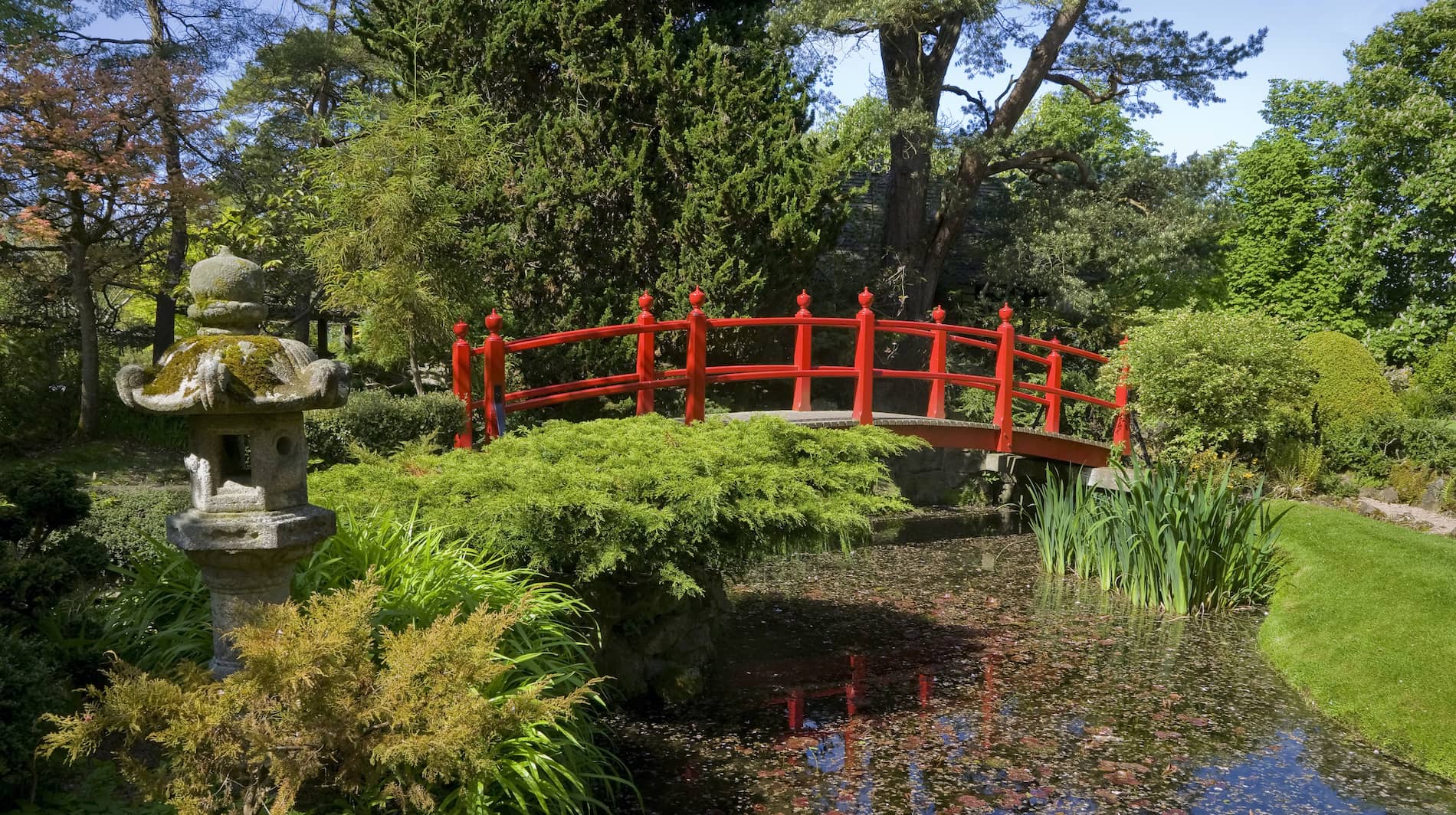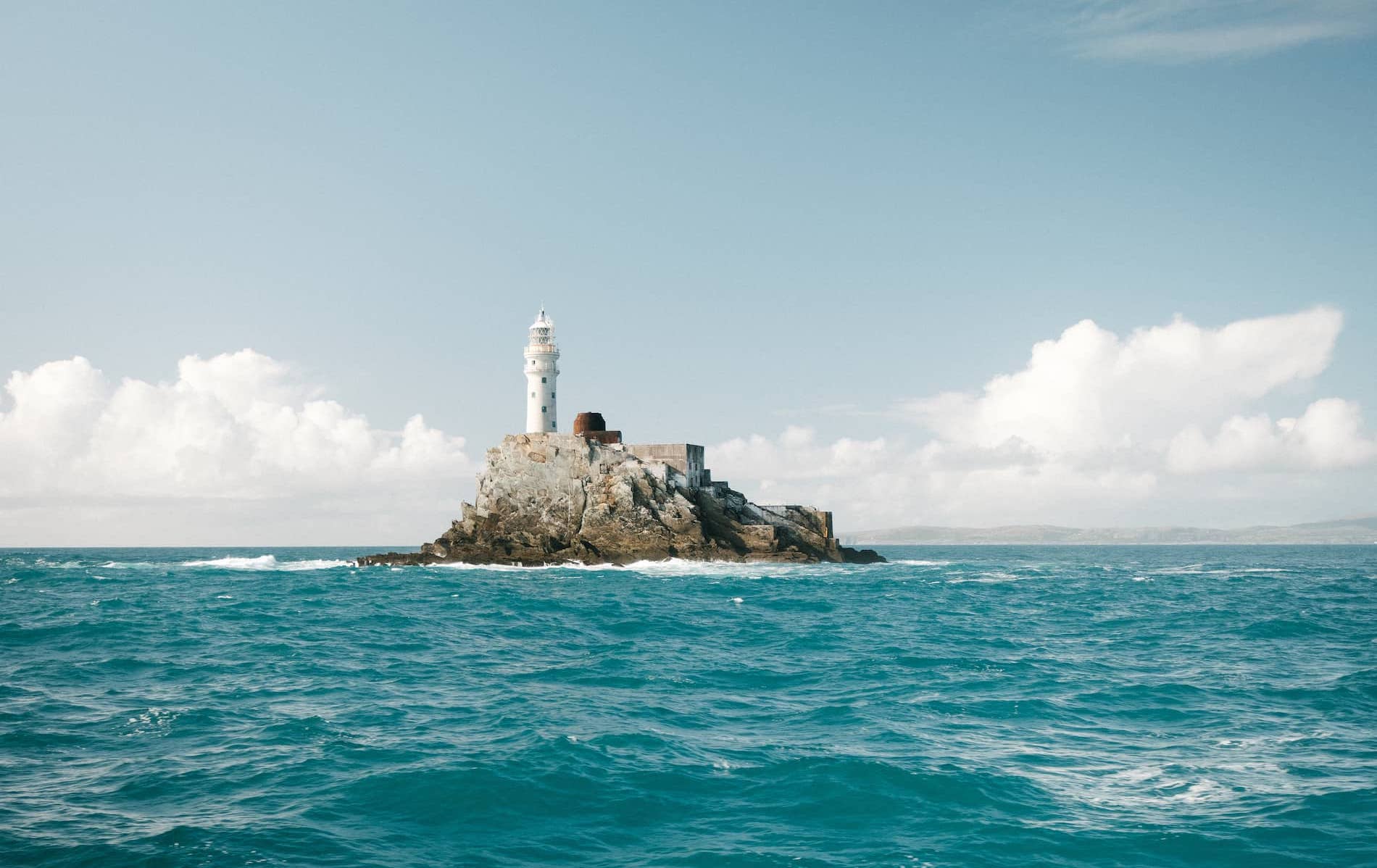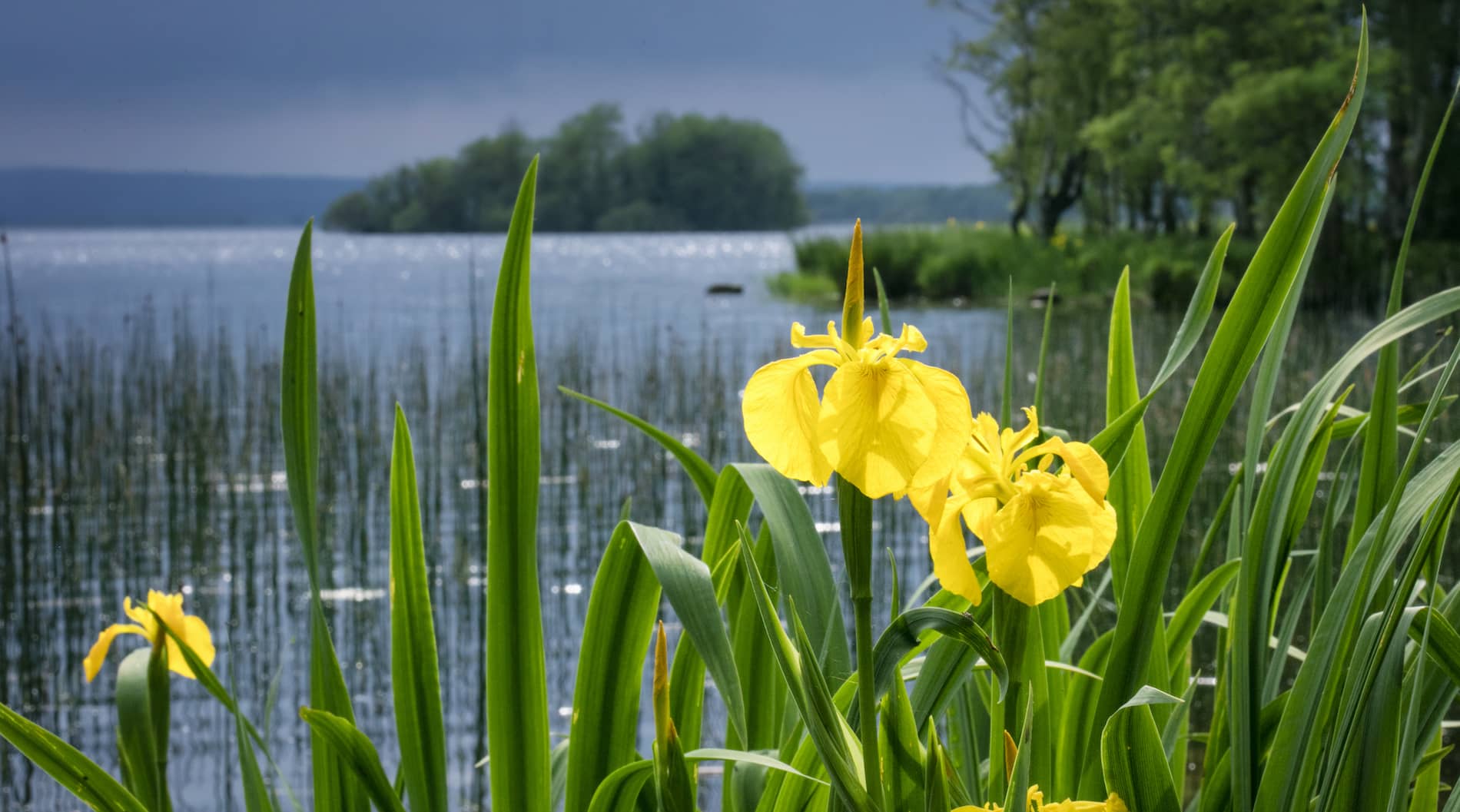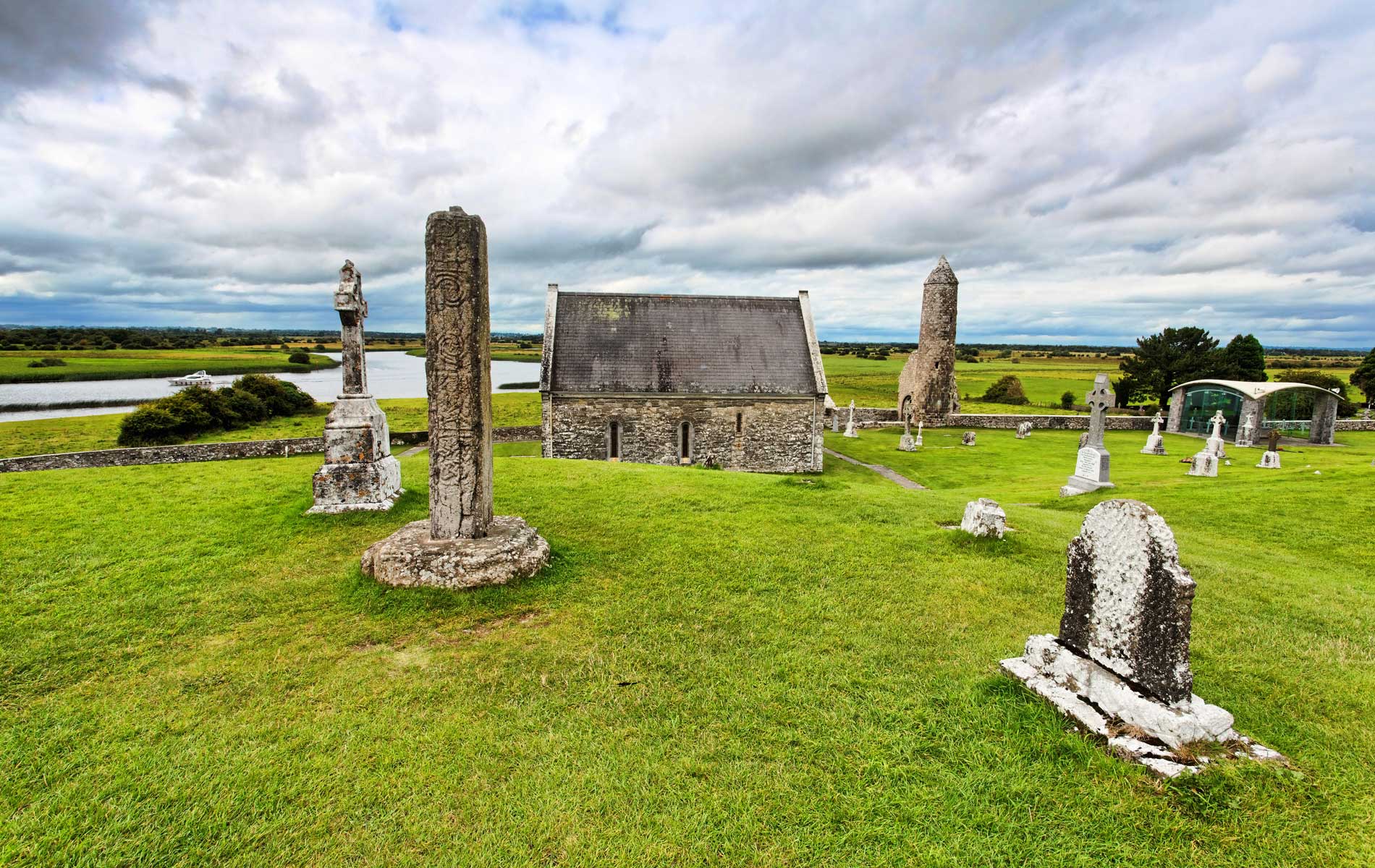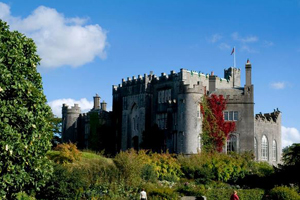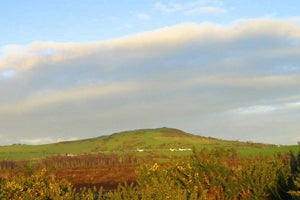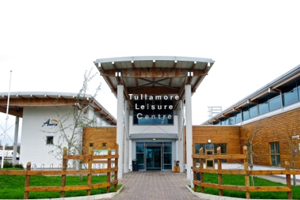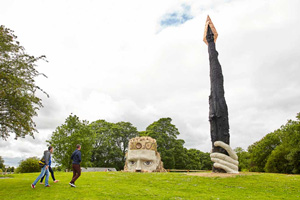Sure, you can get to Clonmacnoise by road. But for a real story to take home, this Early Christian monastic site is best encountered by boat.
Easing along the River Shannon from Athlone, the mighty channel gently brings you from modern Ireland into the lush fields of Westmeath, until you round a bend and land...right in the middle of the 6th century.

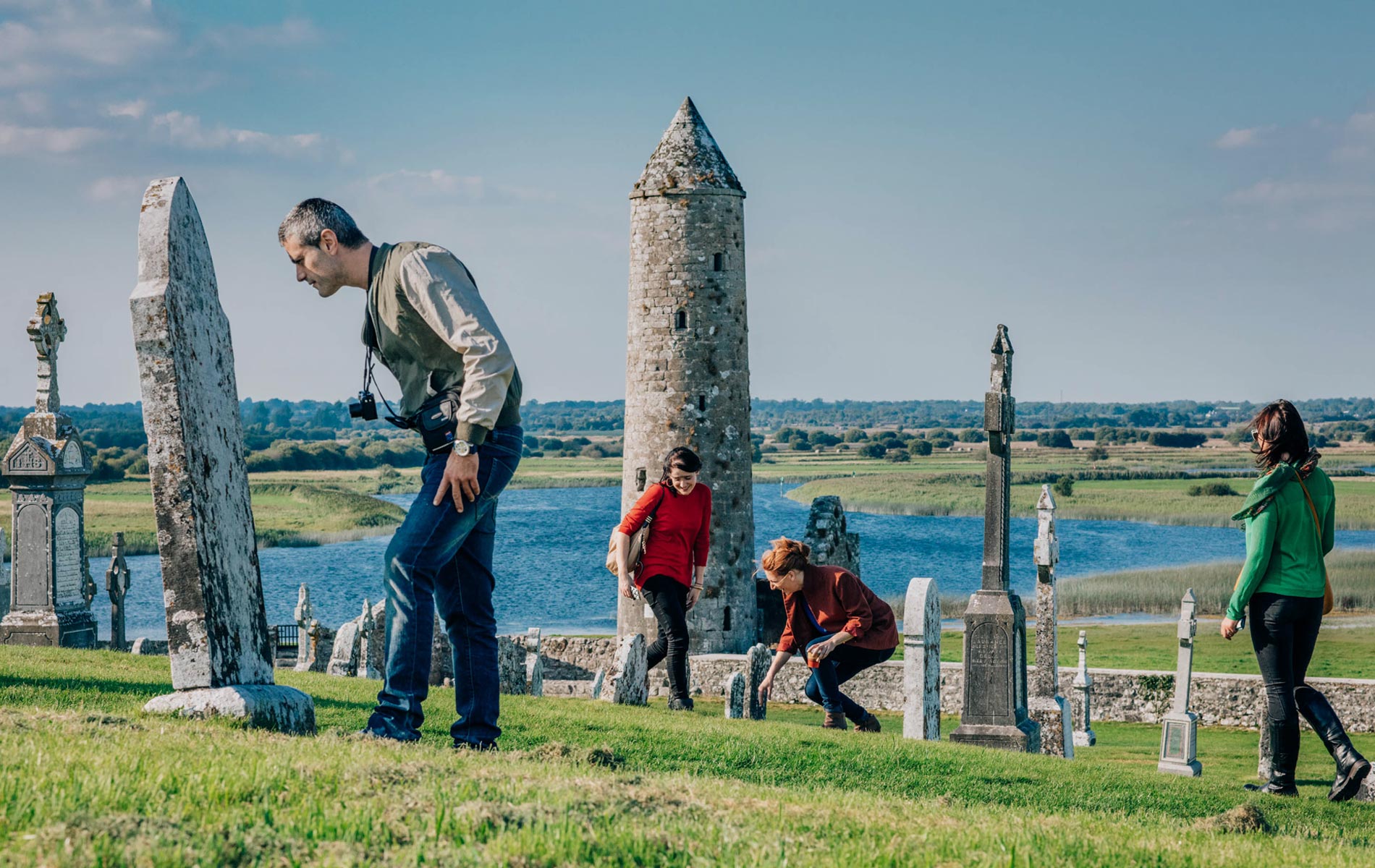
Clonmacnoise, County Offaly
Dating from 545AD, the extensive remains of a cathedral, round tower, high crosses and no fewer than seven churches belie their boggy remoteness. Truth be told, Clonmacnoise was once a leading centre of religion and learning in Europe.
Established by St Ciarán Mac a tSaor (“son of the carpenter”), Clonmacnoise was situated at the intersection of the River Shannon and Ireland’s major east-west road at the time, a strategic location that proved crucial to its growth.
By the 9th century, it was Ireland’s most famous monastery along with Clonard, and was visited by scholars from all over Europe. Between the 9th and 11th centuries, it even became a burial site for the High Kings of Tara.
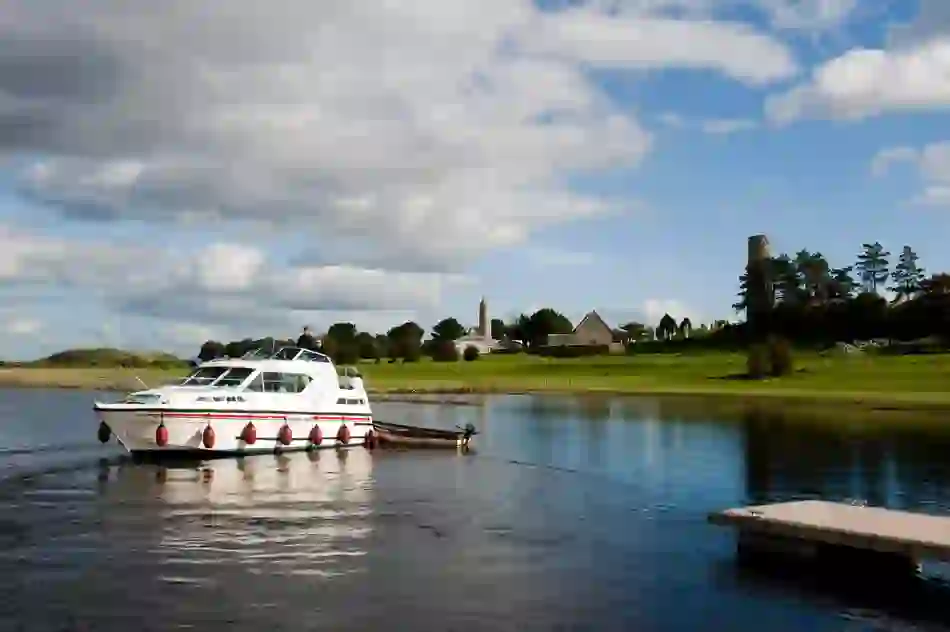
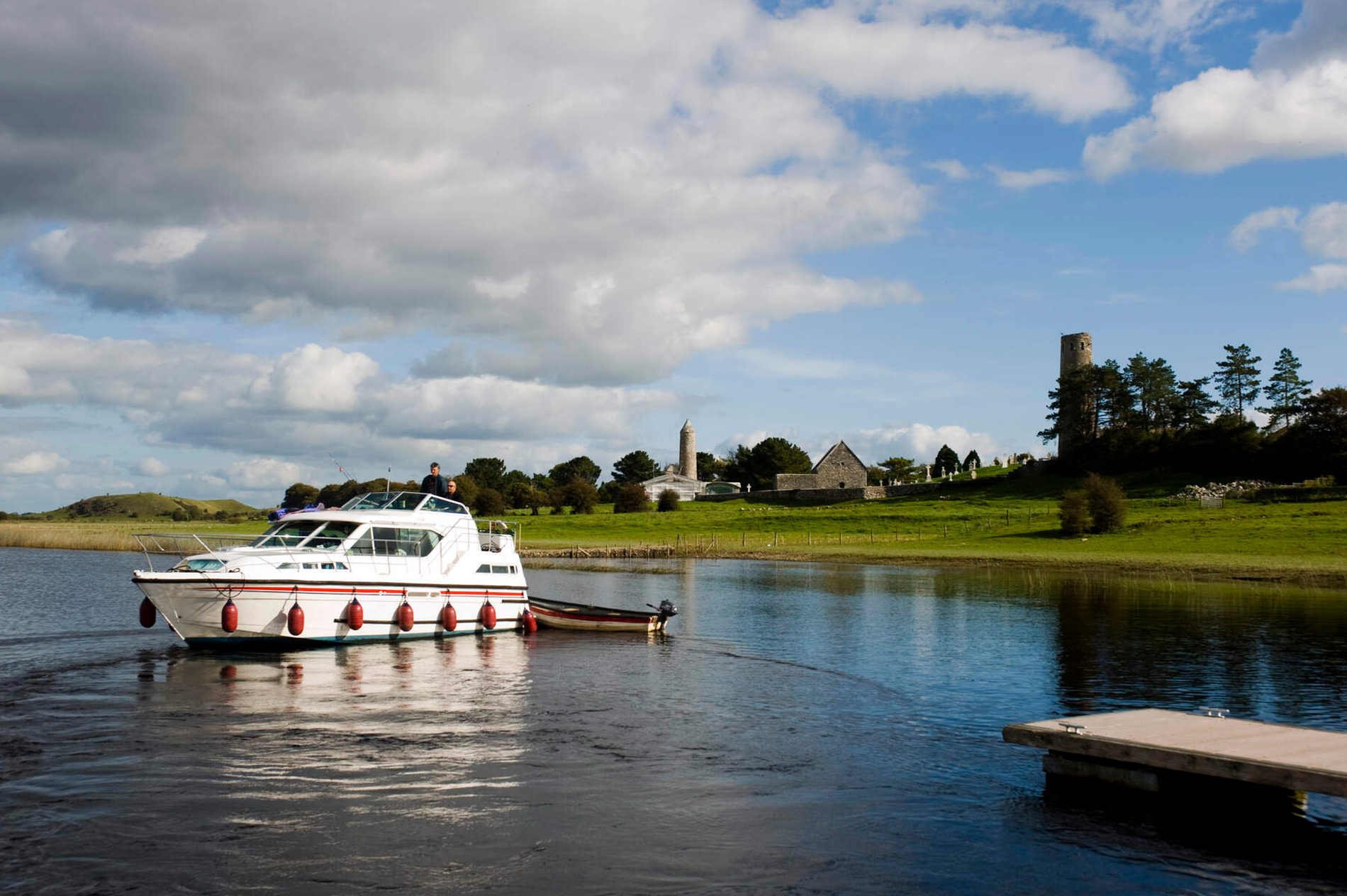
Clonmacnoise, County Offaly
In the cathedral at Clonmacnoise there is the 'whispering door'. Lepers could stand here and still be heard across the cathedral when they came to confess their sins... and the priest would keep a safe distance.
Did you know...
Clonmacnoise’s early wooden structures from the 9th century began to be replaced with more durable stone buildings. Today’s imposing ruins, many of which have undergone comprehensive conservation work, reflect the hive of activity that once bustled about the place – an impressive 1,500 to 2,000 people lived and worked here during the 11th century.
Walking around the lichen-spotted ruins today, it’s easy to imagine the scurry of monks, the scrape and scribble of artists producing everything from manuscripts to works in stone and metal. One of the most impressive artworks is the ornate Bishop’s Crozier now on display in the National Museum of Ireland…
Such was Clonmacnoise’s importance to the island’s Christian heritage, it’s said that St Ciarán returned here centuries after his death to smite a would-be raider with the golden staff.
L-R: Clonmacnoise, County Offaly
Three stars of Clonmacnoise are its splendid high crosses, now protected from the vagaries of Irish weather in the site’s excellent Interpretive Centre (convincing replicas stand in their original locations). The most famous is the four-metre Cross of the Scriptures, whose sandstone is skilfully carved with intricate figures on all four sides. It wasn’t until the 12th century, over 500 years after its origins, that Clonmacnoise began to decline – due to an influx of competing religious orders from the continent and the growth of Athlone as a town to the north.
But Pope John Paul II certainly thought enough of Clonmacnoise to include it in his famous visit to Ireland in 1979. And its historical significance and popularity with visitors endures almost 1,500 years later.







